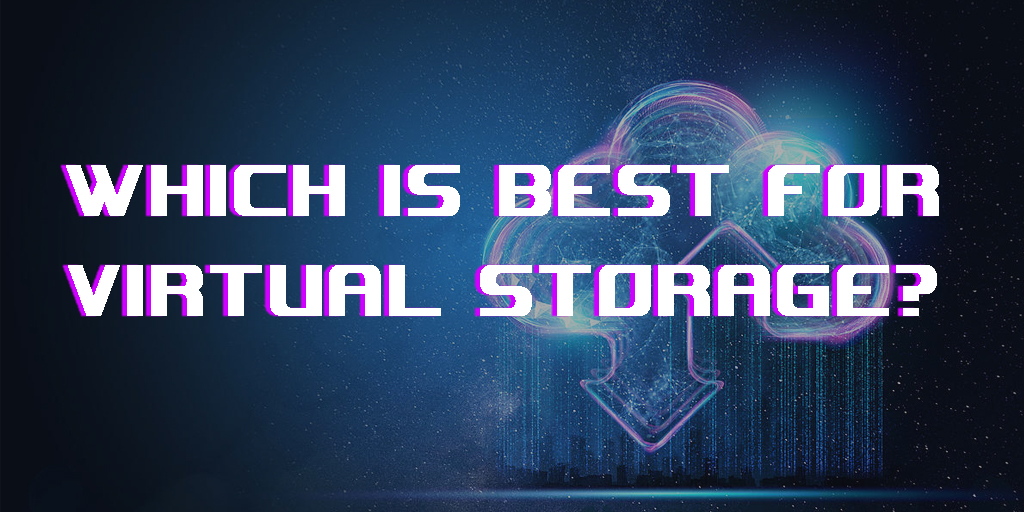1. MORE TRAINING TIME:
While most data centers do have a shared storage infrastructure, they also have multiple storage systems on that infrastructure. These systems are often bought for specific environments like virtual desktop infrastructure ( VDI) or database applications as well as a more general purpose storage system for the bulk of the data center’s needs. If these systems and their infrastructure can be leveraged, instead of replaced, then there would be incredible value in abstracting the storage intelligence and applying the same data services across all the storage systems in the environment. It would reduce training time and allow for better overall use of storage resources. But for true unification of services to be viable, the data services provided by the SDS solution would need to be at least as robust as what the storage systems themselves offer. The data center is not going to want to take a step backwards and lose features in order to have a unified data services interface.
2. LACK COMPLETENESS:
The problem is that many Software defined storage solutions lack completeness in their data services offering. A simple example is that many SDS solutions lack the ability to perform data replication to a remote location so that a disaster recovery copy of data can be created. Even rarer is the ability to migrate data into the SDS architecture itself. Data cannot be simply copied over, so some form of data migration facility from the old storage platform to the new should be provided. Otherwise the data will have to be restored from a backup copy
3. COST COMPARISON:
Finally, many SDS solutions claim that they provide the data center with a cloud like hyper-converged architecture, but few provide a cloud-like economics model. These solutions are often software only and most are licensed by capacity packs. Many will also charge an additional fee for advanced features.
This can be a problem because most data centers are never at the right capacity point to take advantage of pack pricing. For example a starter pack may provide storage service from 1-20TBs, and the next pack may support 20-45TB’s. What if the organization has 21TB’s of storage capacity? That means they need to upgrade all the way to the 45TB license for 1 more TB of support. Instead, Software defined storage solutions should price on a very granular per TB subscription model that is verified once per year and all features should be included in the subscription price. Another cost that goes undiscussed by most SDS solutions is the cost associated with the inability to support existing infrastructure and storage systems
Most storage systems that you buy from major manufacturers are really storage software running on servers designed specifically to house a lot of hard disk or flash solid state drives (SSD). They have a lot in common with software-defined storage and there is almost nothing that would prevent these vendors from virtualizing their storage software and also being software defined.

Best Storage Monitoring and Management Tools and Software for SAN and NAS Devices
Phone: +91 080 25307537/ 38/ 49
Sales: +91 9986288377
Email: sales@navigatorsystem.com
Storage systems can differ in a few ways from SDS.
- First, they can provide newer and more innovative services. To some extent, though, this is just out-developing SDS vendors with better software. Storage system vendors do have a lead in the basic core services they provide today and that might give them an advantage in developing the next generation of storage services. They might also have an advantage in knowing what lies beneath their software. For example, a flash vendor might decide it’s worth investing in deduplication technology because they have IOPS to spare and expense to eliminate. A software-defined storage manufacturer would not have this advantage and might not invest in primary storage deduplication.
- With a storage system, you know in advance that everything within that system is designed or at least has been tested to work together. Also, support is greatly simplified — if one vendor provides most of the storage infrastructure, it is liable for making it all work. For the under-staffed IT department these are welcomed advantages over software-defined storage.

